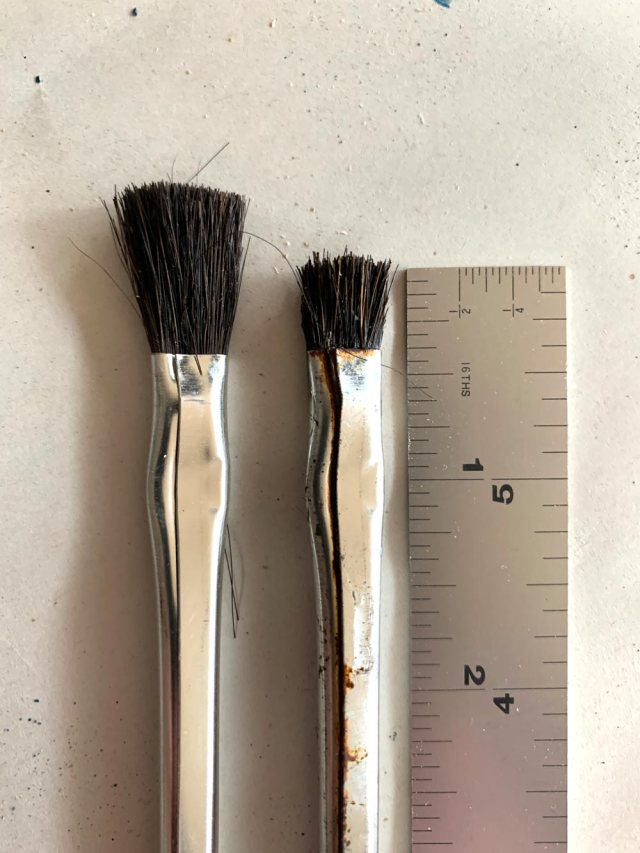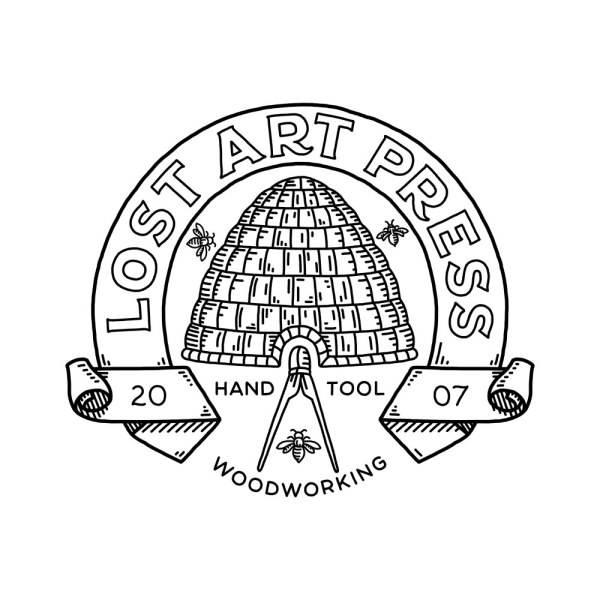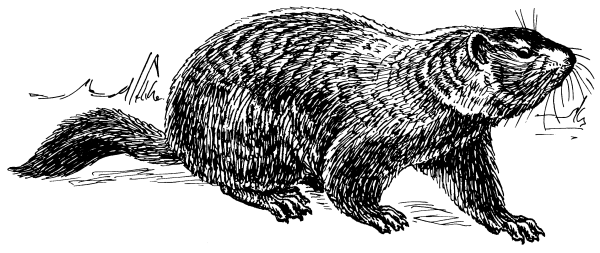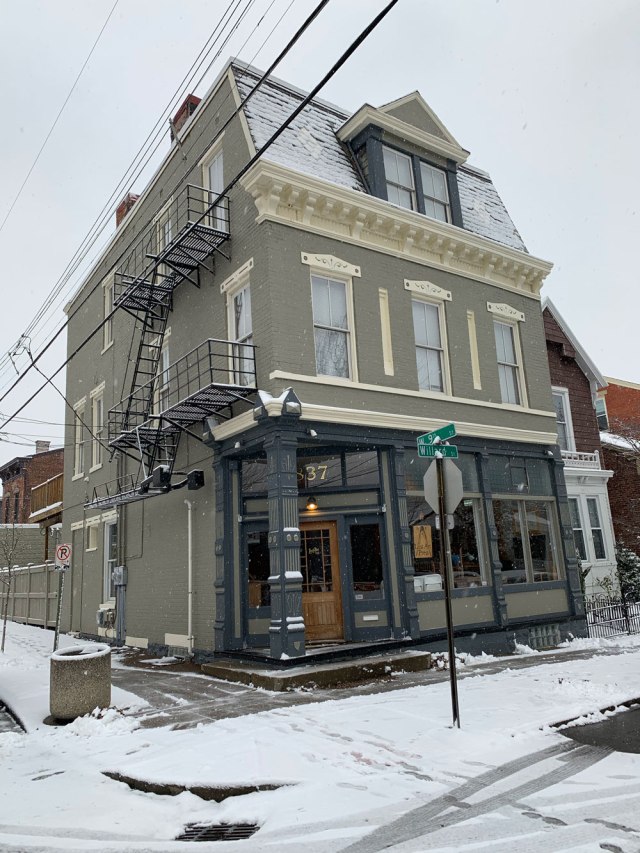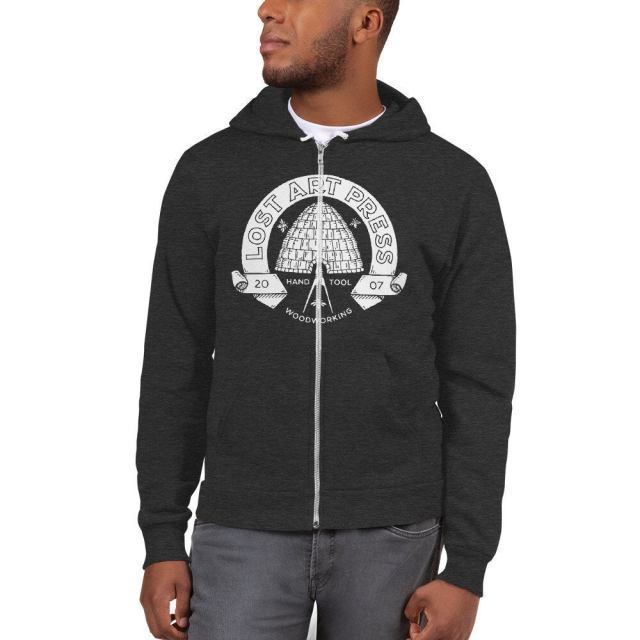Feeling Gravity’s Pull –
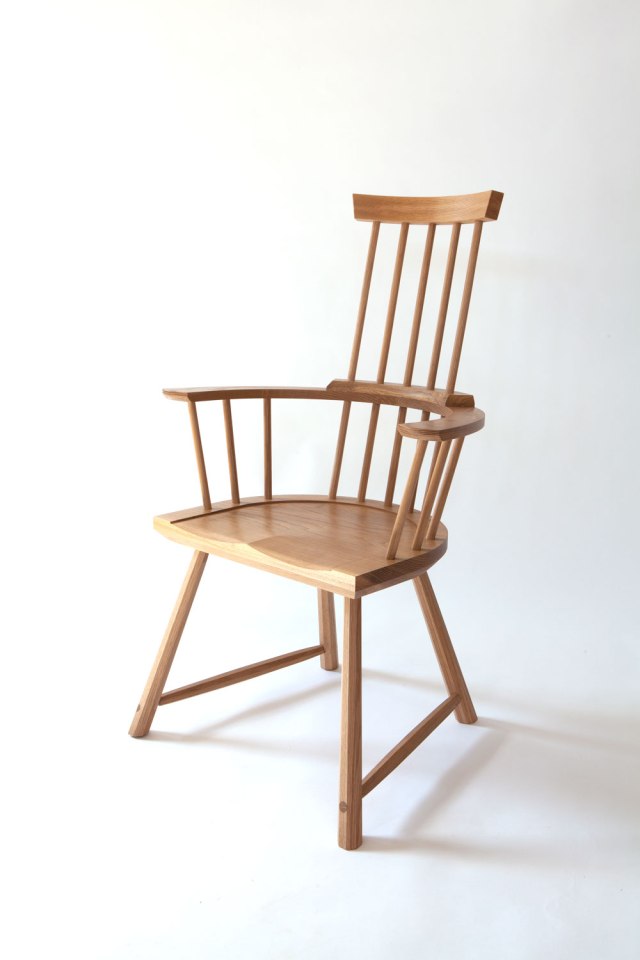
I’ve built three chairs during the last three weeks and, in the words of “Sesame Street,” “one of these things is not like the other.”
The first two chairs are right out of the forthcoming “The Anarchist’s Design Book,” and are for customers and to show my students what a finished chair can look like. But when it came time to build this third chair last week, I didn’t have a plan for it.
I stared at my parts for a bit and then did what I tell all my students: Work with what you got.
I had a partial seat with some odd mortises bored into it from when I was demonstrating how to calculate compound angles without trigonometry. The armbow was a leftover – the lesser son of a batch of five oak arms I made when roughing out some parts. The legs had some defects that had to be removed by tapering the legs more than usual. And I didn’t have sticks or a crest.
If this were a cabinet, I’d draw up a careful plan in CAD to ensure that the oddball parts would fit into a cohesive whole. But when building an outlier of a chair, sketches don’t help me much. It’s all by feel. (And sometimes I get the feeling I should dump the parts in the grill.)
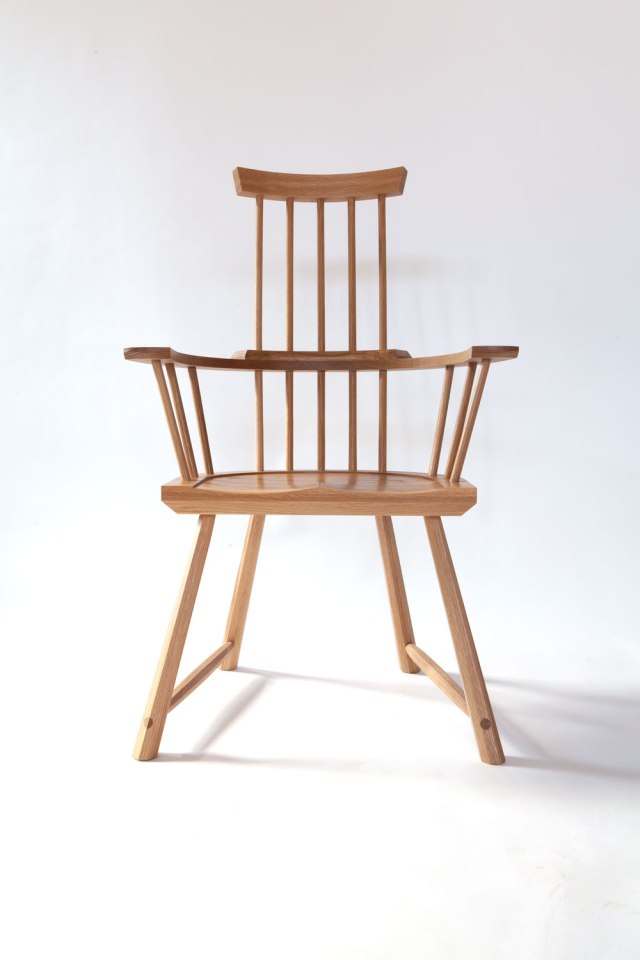
The legs looked to me like they needed some stretchers – they were thinner than usual. But I didn’t feel it needed a full H-stretcher. So I used an old undercarriage design where you put stretchers between the front and back legs only. Nothing goes left to right.
I know: What the heck? Why would someone do this? Here’s my take. Stretchers that run front to back help brace the undercarriage when some naughty boy tips the chair onto its back legs.
So what does the medial stretcher (which runs left to right) do? I use that stretcher to put the whole undercarriage in tension so I can use legs with more rake and splay than usual. The legs of this experimental chair, however, don’t have as much splay as on my typical designs. So I omitted the medial stretcher.
On the sticks, I decided to put five long sticks in the back and omit two of the short sticks. It used exactly the same amount of raw material as a regular four-stick chair. Why did I do this? I like the negative space created by the gap between the short sticks and long sticks. I used to do this on chairs many years ago and felt like revisiting it.
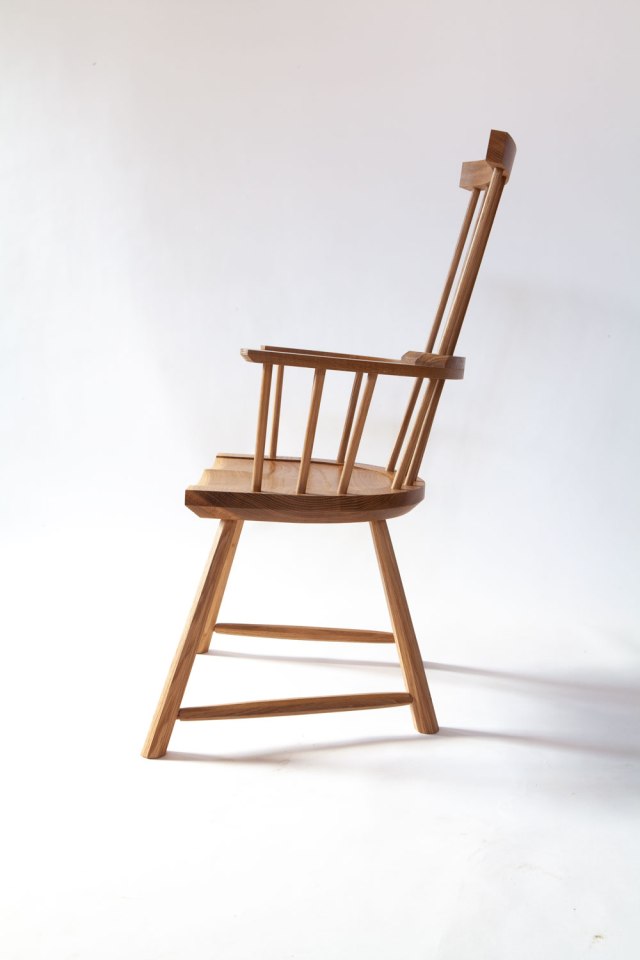
The five-stick back is just as comfortable as the four-stick back. No, the center stick doesn’t violate your spinal column.
The crest is also a step backward. I tried four different crest rails – they are like trying on chapeaux whilst at the haberdasher, said me, never. After some struggles I conjured up an old crest design that added to the hourglass shape of the chair.
After the whole thing was together I showed it to Megan Fitzpatrick and my wife, Lucy. I was afraid I’d made a dog’s dinner. They both said it was one of the nicest chairs I’ve made.
Today I finished it up with satin lacquer. This oak has a beautiful grey cast and the lacquer (which is more water white) will preserve that color. An oil and wax finish would obliterate the grey cast with their amber tendencies.
In all, I can say the chair is a wonderful sitter (for both tall and short people). I’m a bit bemused that I used long-discarded design elements to finish it up. But that is what these parts demanded, I guess.
The chair is now sold. This chair doesn’t have a home, and so I’m selling it as a prototype – $800 plus actual shipping costs. If you are interested in it, send me a note through my personal website.
Thanks, as always, for reading.
— Christopher Schwarz
